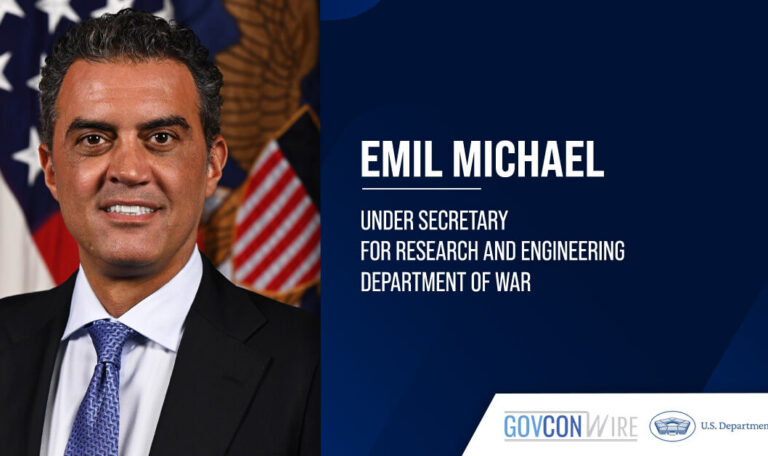Digital twins – virtual models of real-world objects or other physical subjects – have significant potential to transform the future of warfighting, and the Department of Defense has taken notice.

This technology allows users to “accelerate, model and put data in that model to see what will happen,” John Ustica, president and CEO of Siemens Government Technologies and a 2023 Wash100 Award winner, explained in an interview with ExecutiveBiz.
Ustica will introduce keynote speaker Jennifer Swanson, deputy assistant secretary for data, engineering and software for the U.S. Department of the Army, at ExecutiveBiz’s Digital Twins Forum on Nov. 1. At the event, leaders in the digital twins field will come together to share their insights on this emerging technology and the challenges and opportunities involved in its development.
Click here to register and hear from Ustica, Swanson and additional experts at the forum!
Like many modern technologies, digital twins are a data-driven tool. The accelerated speed and increased scale at which data is now collected allows users to create virtual models that are more accurate than ever before.
“As we get more information, as we put more data into these digital twin models, the outputs become better and better,” Ustica said.
In recent years, DOD organizations have launched a number of projects to expedite the development and implementation of digital twins across several use cases. One of these areas, said Ustica, is supply chain.
When considering supply chain resiliency and the digital tracing of assets, “there are so many things that are untapped in digital twins and in this digital transformation for the federal government,” he said.
The DOD is also exploring digital twins as a way to upgrade its capabilities on the battlefield. A 2021 Air Force Research Laboratory demonstration of its WeaponONE portfolio showcased the successful use of digital twins in harmony with artificial intelligence/machine learning tools to boost the performance of physical weapons.
The Air Force recently expanded its efforts to adopt digital twin technology with the award of a $100 million contract to Wichita State University’s National Institute for Aviation Research last month. Under the contract, the institute is responsible for producing digital twins for the F-16 Fighting Falcon and B-1 Lancer aircraft.
Earlier this month, the Naval Air Systems Command launched a new program to experiment with use cases for digital twins and their compatibility with legacy technologies. A digital twin tool has already been developed and is set to be installed on the pod interface unit on the ALQ-99 Tactical Jamming System, which originated in the 1970s.
In January, the Army reached a milestone in digital twin development with the application of digital twin scan data collected by an automated 8360 ScanBox – an optical 3D measuring technology – to evaluate damaged aviation components to better inform customers on repair costs and improve delivery times.















